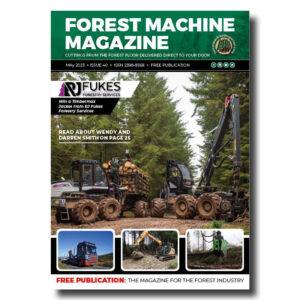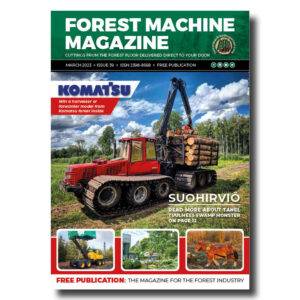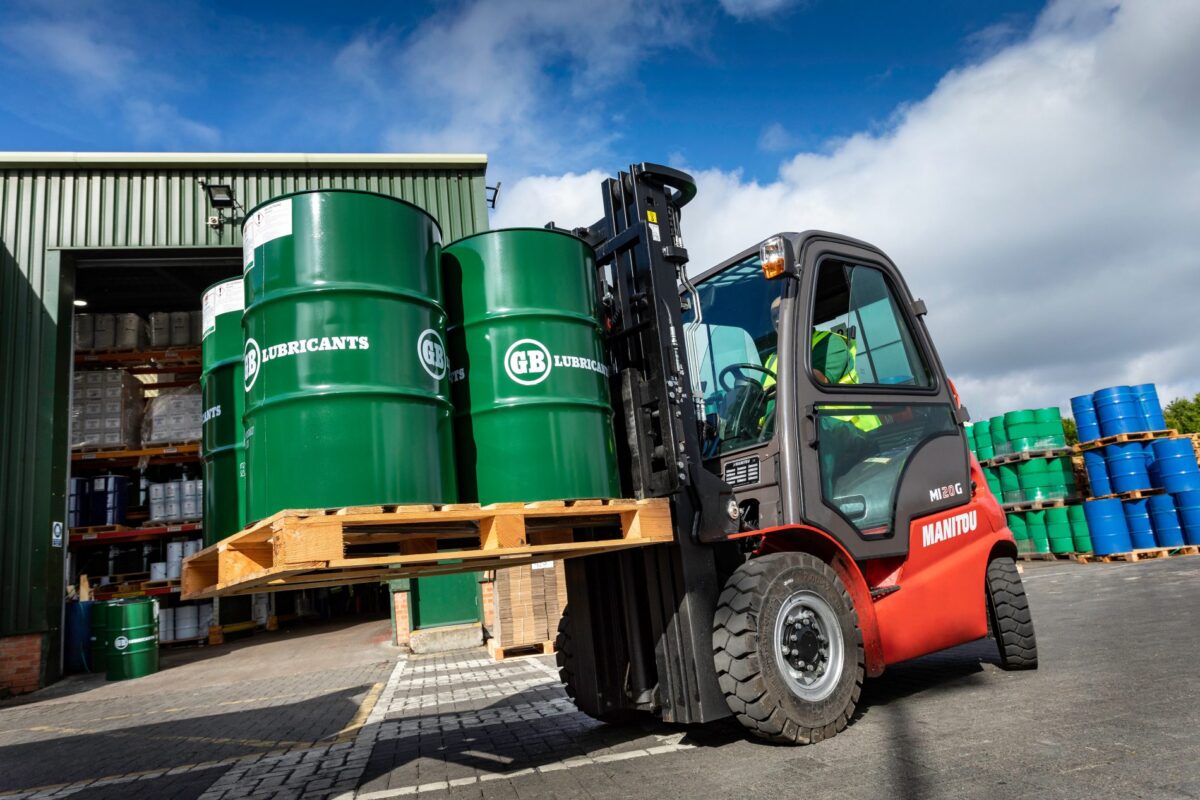GB Lubricants take great care in the manufacture, filling, packaging selection and transportation of our products to ensure they are free from contaminants and arrive at their destination in top quality condition. Of course, once the lubricants leave the care of GB, or its logistics partners, the continuing quality and integrity depends on the subsequent handling and storage protocol at the end user’s site.
Lubricant Storage & Handling Advice: All lubricants should be stored and disposed of in accordance with the local laws and environmental measures with respect to containment / bunding within the end user country. We would always recommend the customer to check what the legal requirements and additional guidelines for their own country as it is their legal reasonability and duty of care to do this.
These guidelines offer some simple tips to keep GB lubricants products and packaging in good condition which is essential in ensuring effective product performance.
Where should I store lubricants?
Ideally lubricants should be stored inside, or at least under cover, at moderate temperature, and without a wide variation in upper and lower temperature range. The risk rainwater ingress to the lubricant is drastically reduced with an internal store. In many real-world scenarios this may not always be possible, and the lubricants store may have to be at least partly outdoors. Regardless of if it is outdoors or under cover, it is good practice that the store should be sited to provide:
- Adequate access for vehicles to pass and unload.
- Sufficient and appropriate handling equipment on site and staff trained to use it properly.
- There should be an area that offers clean, dust free, sheltered conditions for the unsealing of the lubricant container and its subsequent dispensing.
- If the lubricant store is not immediately adjacent to all points of usage, then where possible consider the safest simplest method / route to transfer the lubricant to the point(s) of use.
- Consider stock/inventory control, measures to ensure the usage of older batches first and a routine periodic check on the conditions of containers.
- Also think about segregated areas in which to store empty packaging/returnable containers and packaging waste once the lubricant is used.
-
That’s a remarkable amount of work hours for a single machine, the Norcar 600 owned by Erkki Rinne is taken well care of, it even has the original Diesel engine.
-
Kieran Anders is a forestry contractor working in the lake district. His work involves hand cutting and extracting timber using a skidder and tractor-trailer forwarder.
-
It is not possible to eliminate chain shot, but there are simple steps that can be taken to reduce the risk.
-
Arwel takes great pride in the fact that the mill has no waste whatsoever, “the peelings are used for children’s playgrounds, gardens and for farm animals in barns in the winter and the sawdust has multiple uses in gardens and farms as well.
-
Timber hauliers need to encourage young blood in, and also look after the hauliers we have, we need make the sector a safe and positive place to work.
FIND US ON
Related Posts
What If I Have To Store Outside?
The majority of lubricants will be unaffected by the climate if protected from extremes of temperature and water ingress. For these cases they may be stored outdoors for short periods without concern and assuming normal containment measures are adhered to. However, if temperatures below Zero Celsius / 32 Fahrenheit are anticipated, protection should be given to products which are sensitive to the effects of frost such as oil / water emulsions and a general guideline metal working products etc…
One thing that may not be immediately obvious is the risk from condensation or water ingress increases when a barrel is only part-full. Lubricant packaging, especially metal barrels and packs, stored outside may suffer variations in temperature and corresponding changes in the internal pressure. This leads to “breathing” where there is a leaking closure, with moisture able to be drawn in. This is a particular risk if a barrel is standing up-right with the closure on the top. In this scenario the rim of the barrel forms a rain trap and therefore standing water is held immediately above the container closure. This can also lead to corrosion of the barrel surface and damage to labelling. For these reasons, ideally barrels stored outside should be stored horizontally and ensure they are safely racked and in a contained / bunded area in case of spillage.
Another tip is to ensure the closures of horizontal barrels are at the 3 o’clock and 9 o’clock positions. This helps to ensure the seals are kept in contact with the oil in the barrel where possible. Regular inspections should be made for signs of rust, label damage and for evidence of any leaks. If barrels must be stored outside and upright, then as a last resort the purchase of barrel lid covers should be made, and a protocol in designed to ensure they are used, and staff trained in the proper fitting of these items.
Special care should also be taken with the storage of smaller packages such as 25/20 litre “polys” and pails. These are not designed to withstand extreme weather and prolonged storage outside. UV damage can also be a factor for plastic in extreme cases and labels can easily be damaged by the climate. If outdoor storage is unavoidable, they should be placed under cover and ideally protected from rain by tarpaulins while ensuring the free circulation of air.
What Are The Additional Contamination Risks Of Decanting / Dispensing?
As may be obvious, the risk of contamination is greatly increased when lubricants are decanted or dispensed outdoors. Contamination from rainwater, dust and particulates are all factors to consider. Regardless of whether dispensing inside or outside, then also be mindful of the receptacle used to transfer the oil. It’s very easy to introduce contamination via a non-dedicated dirty measuring jug.
For more information see www.gblubricants.co.uk
Forest Machine Magazine is written and edited by a forest professional with over 40 years hands on experience. We are dedicated to keeping you informed with all the latest news, views and reviews from our industry.
To support us you can subscribe to our bi-monthly magazine which is delivered to your door from only £15 per year.
Subscribe here
#homeoflogging #writtenbyloggersforloggers #loggingallovertheworld
-

 1 Year Subscription£0.00
1 Year Subscription£0.00 -

 2 Year Subscription£0.00
2 Year Subscription£0.00 -

 Issue 40£0.00
Issue 40£0.00 -

 Issue 39£0.00
Issue 39£0.00 -

 Issue 41£0.00
Issue 41£0.00 -

 Issue 42£0.00
Issue 42£0.00

